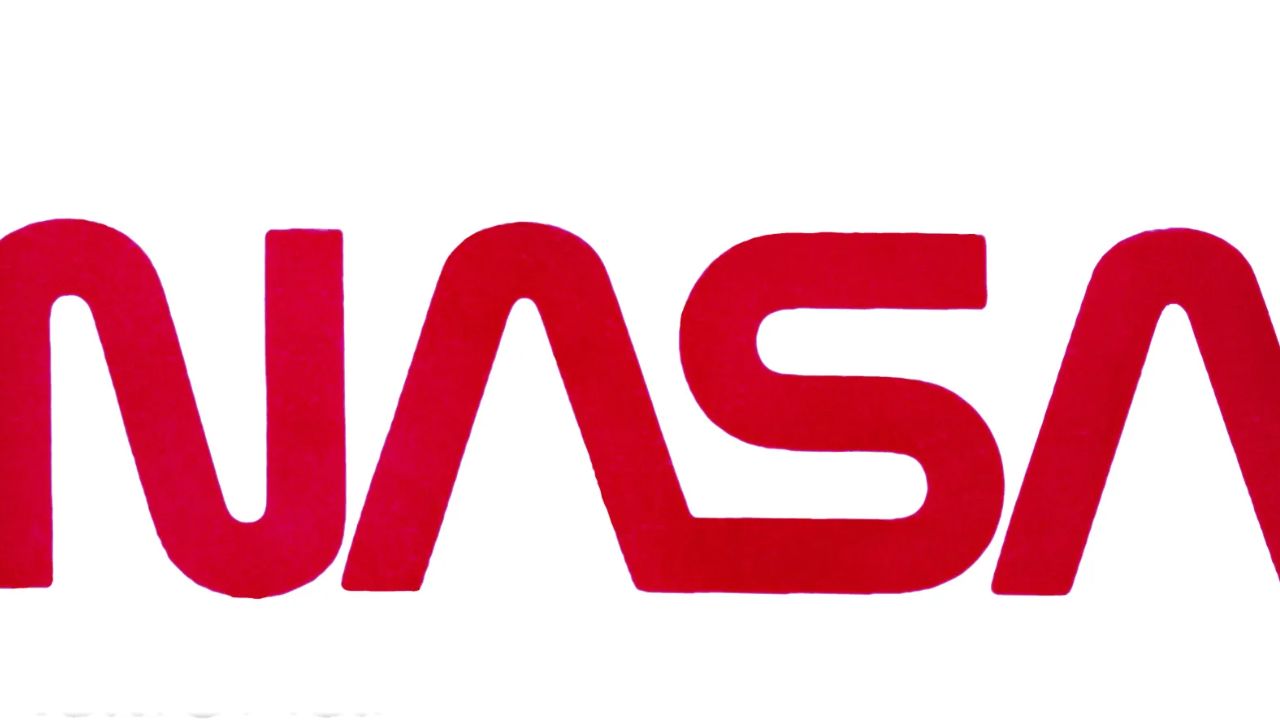

In 1958, the National Advisory Committee for Aeronautics was replaced by the National Aeronautics and Space Administration (NASA) (NACA). The United States space development endeavour was given a civilian focus with the creation of NASA, with a concentration on peaceful uses of space technology. Since its inception, NASA has overseen the vast bulk of American space exploration efforts. NASA is overseeing the development of the Orion spacecraft, the Space Launch System, the Commercial Crew vehicles, and the Lunar Gateway space station that is now in the planning phase, in addition to providing support to the International Space Station. The organisation also oversees the countdowns and launches of unmanned NASA spacecraft as part of the Launch Services Program.
History of NASA
Starting in 1946, the NACA started tinkering with rocket aircraft like the Bell X-1, which could travel at speeds of above Mach 5. An artificial satellite launch competition for the International Geophysical Year was held in the early 1950s (1957–1958). The United States government’s Project Vanguard was an attempt in this direction. The United States began to focus on its nascent space endeavours after the Soviet space programme launched Sputnik 1, the world’s first artificial satellite, on 4th October, 1957.
U.S. lawmakers were so worried about the “Sputnik crisis” and the danger it posed to national security and technical leadership that they demanded urgent action, while President Dwight D. Eisenhower advised caution. Consequently, the White House was able to build a consensus among influential groups such as scientists dedicated to fundamental research, the Pentagon eager to equal Soviet military success, business leaders eager to expand their market share, and a more optimistic public.
The mission of NASA
To allow for human expansion beyond the solar system and to bring new information and possibilities back to Earth, you need to take the lead in developing an innovative and sustainable programme of exploration to conduct with commercial and international partners. Contribute to the expansion of the national economy in the fields of aerospace and aeronautics, promote a deeper comprehension of the cosmos and our place within it, collaborate with private industry to enhance the technological capabilities of the United States aerospace sector, and strengthen American pre-eminence.
